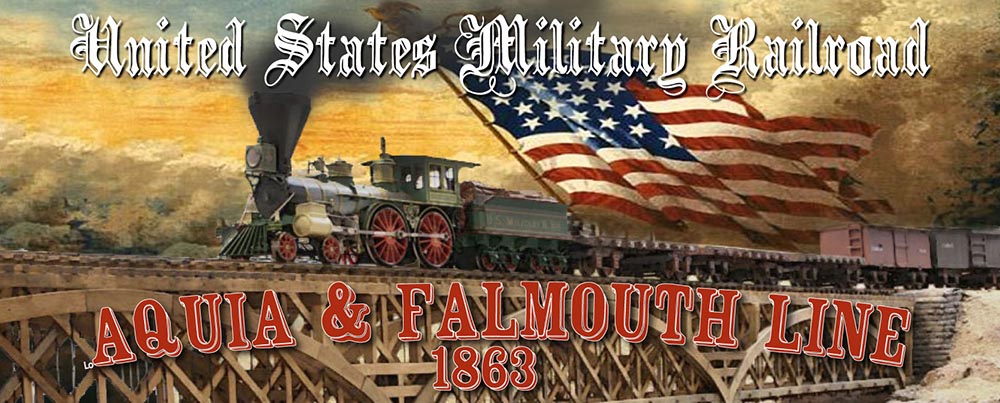A journal following the history, design, construction and operation of Bernard Kempinski's O Scale model railroad depicting the U. S. Military Railroad (USMRR) Aquia-Falmouth line in 1863, and other model railroad projects.
©Bernard Kempinski All text and images, except as noted, on this blog are copyrighted by the author and may not be used without permission.
-----------------------------------------------------------------------------------------------------------------------------------------------------------------
May 7, 2013
Marine Ways
Although this is a model railroad, we should note that rivers played as much as a role, if not more than railroads in military logistics. To support the campaigns around Chattanooga the Union built shipyards near the front for steam ships and barges to supply the Army. For example they had shipyards at Chattanooga, and Kingsport on the Tennessee River. There were also numerous shipyards along the Mississippi and Ohio Rivers.
Therefore we decided to depict a military shipyard on the layout. It is probably the main industry on the layout, though supplies for the Army are also important. These images show examples of typical riverine shipyards. They were somewhat simple and crude, especially the photos of the marine way at Chattanooga.
Subscribe to:
Post Comments (Atom)



Fascinating, I never appreciated how shallow the draught on these vessels was! Hence all the visible superstructure...the was next to nothing 'below stairs'!
ReplyDeleteRe. the pierced cradles in the first image...they seem to be steel? It looks like they have welded flanges in a sort of half-avocado profile holding long bars against the sides of the pierced box (box-girder?), presumably for strength...apologies if you'd noticed that!
Hugh
Hugh,
ReplyDeleteYes, these boats were built as light as possible to draw as little water so that they could navigate shallow streams. I heard the term "puddle jumper" applied to these small boats that navigated the Yazoo and upper Tennessee River.
I don't think the cradles were steel, as steel did not come in wide use until after the ACW. I suspect they are built up from wood, with the holes cut to all water to flow through. They will be easy to simulate on the laser cutter.